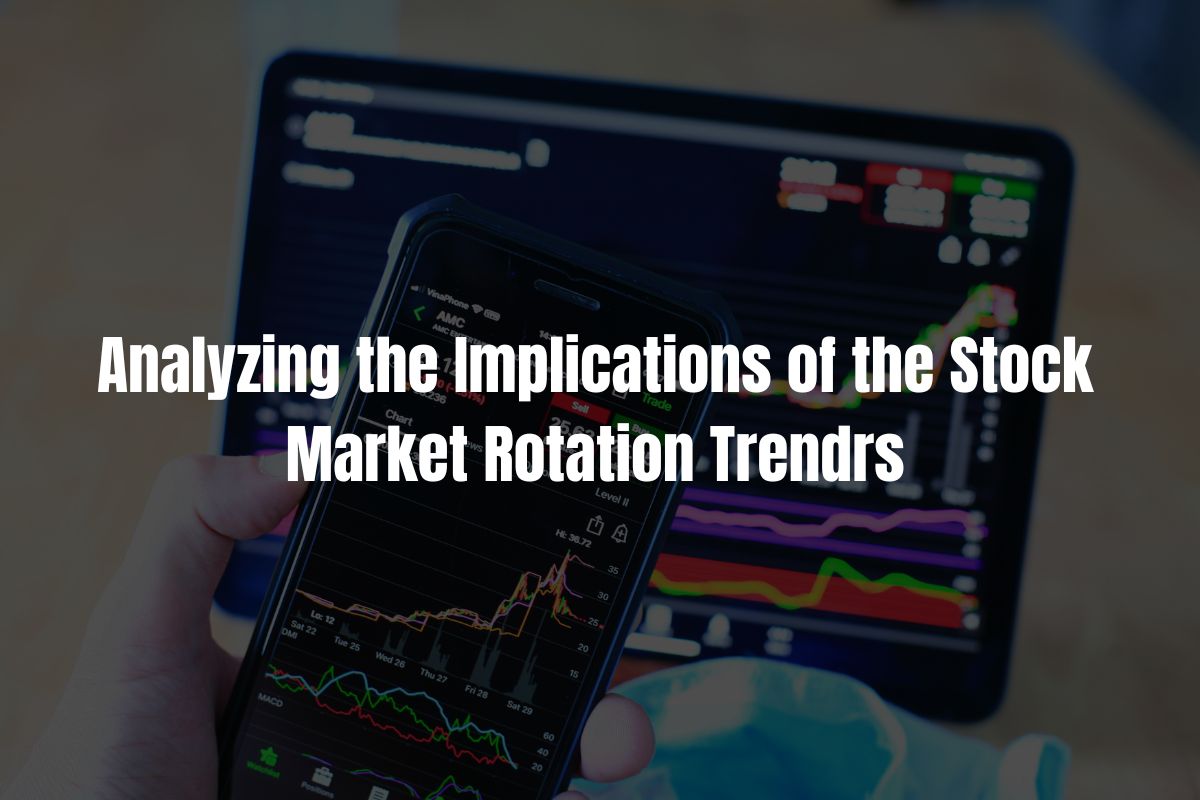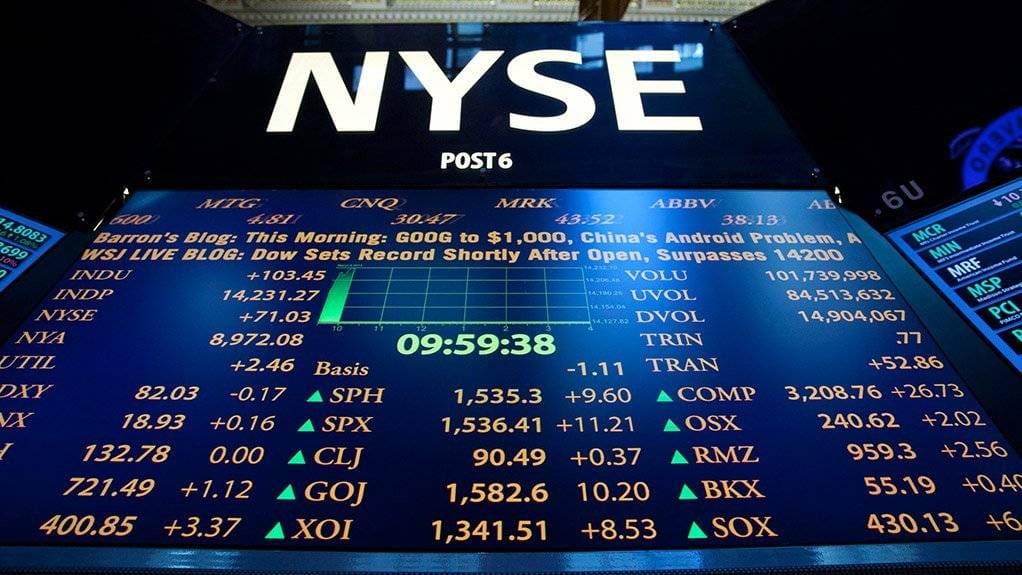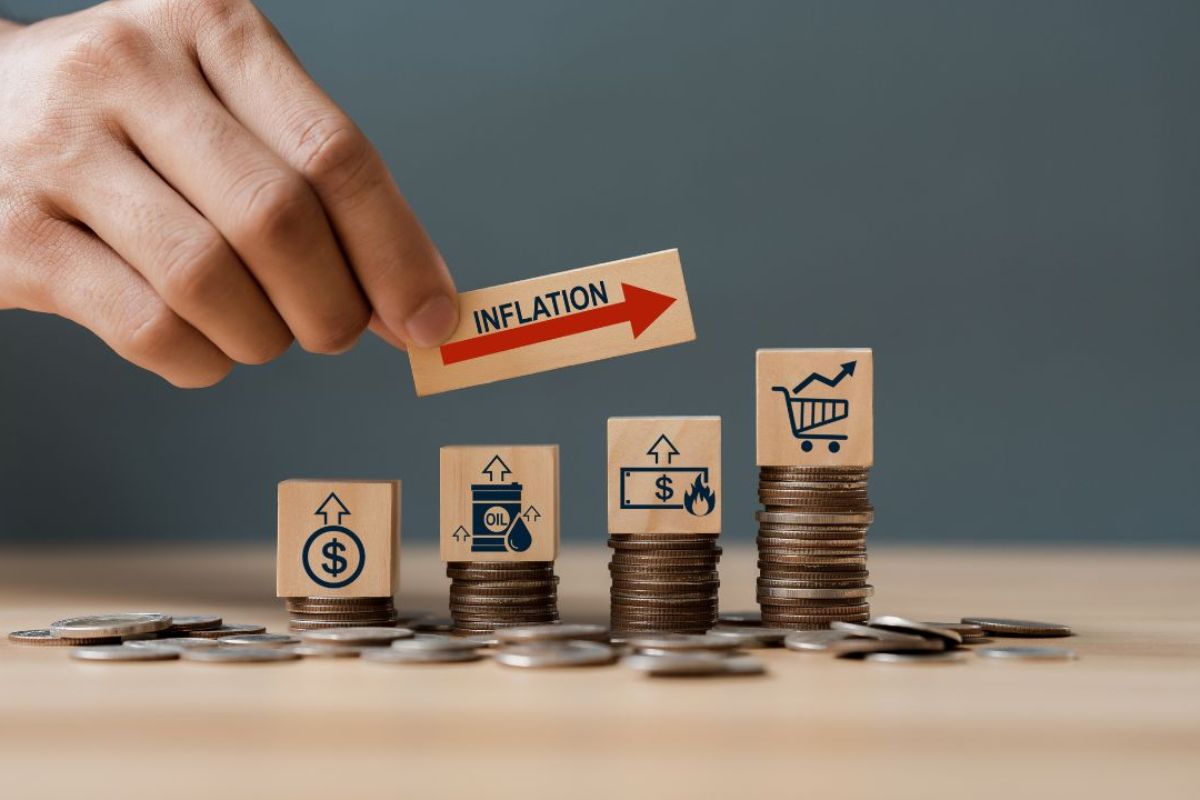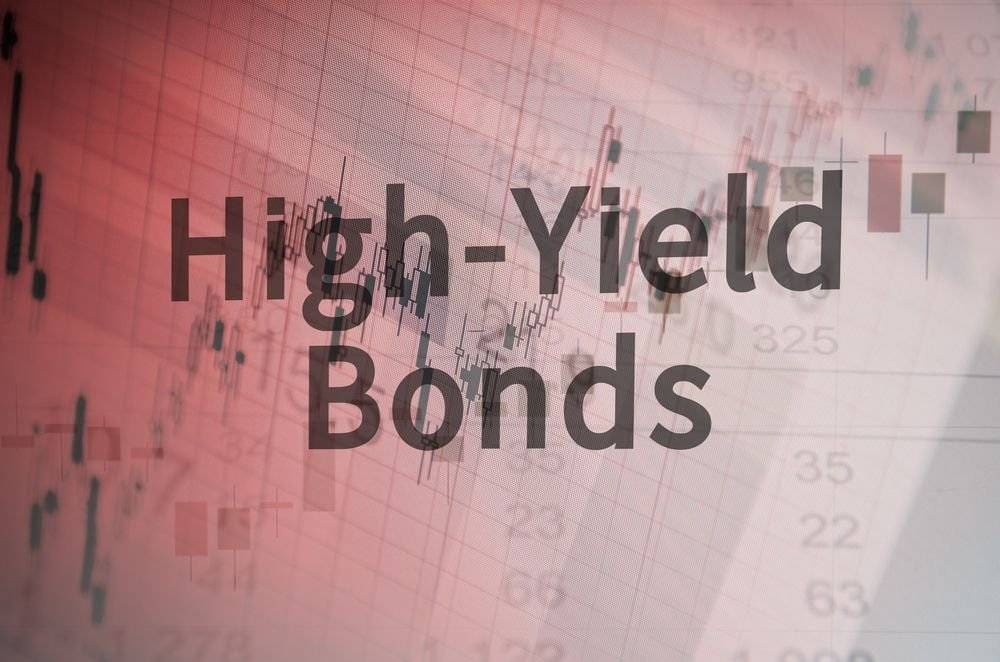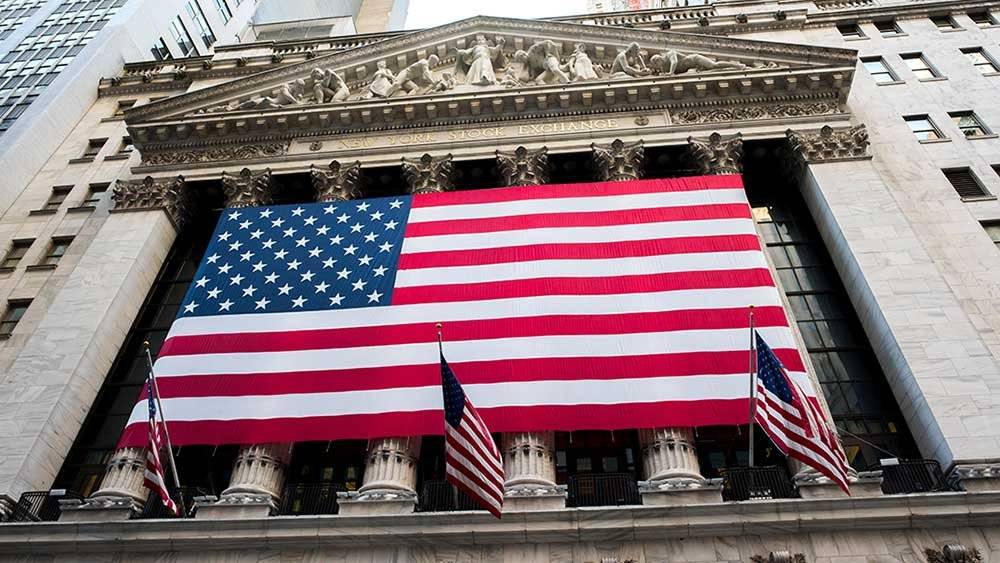The stock market’s laggards have risen to life recently, while the seemingly invincible “Magnificent Seven” group of technology stocks has faltered.
The stock market has suddenly turned upside down.
Because they are trying to predict what will happen next investors are significantly more focused on corporate earnings than usual.
According to Dow Jones Market Data, the Russell 2000 index of smaller stocks outperformed the S&P 500 for the seven days that ended on Wednesday by the biggest margin in data spanning back to 1986. In the meantime the Russell 1000 Value index recorded its largest advantage over its growth-stock equivalent since the collapse of the dot-com boom in April 2001.
Few investors anticipated the change, and many are perplexed as to what could be causing it: revised projections of Federal Reserve interest-rate reductions? Are there plans for Donald Trump to retake the presidency? A technology market that become dangerously overcrowded?
The uncertainty was increased by President Biden’s declaration on Sunday that he would not run for office again which also promised to bring the presidential race back into the spotlight.
Investors are currently rushing to ascertain if a long-term change is indeed occurring, or if the rearranging of winners and losers is just a passing fad in this age of technological dominance.
Senior investment strategist at Neuberger Berman Raheel Siddiqui stated “That’s what everybody is trying to answer.”
This previous week the S&P 500 saw a 2% decline, reducing its gains to 15%, while the small-cap index increased 1.7%, bringing its 2024 advance to 7.8%.
As the Federal Reserve raised interest rates in 2023 in an effort to contain inflation and kept them high thus far this year, investors flocked to the shelter of large corporations they had wagered they could weather economic turmoil. Several of the same businesses were well-positioned to benefit from potentially game-changing developments in artificial intelligence.
Conversely, investors were wary of smaller, more cyclical companies’ shares because they are more likely to be exposed to increasing financing costs and the possibility that an increase in interest rates by the central bank would send the economy into recession.
The trade appeared to be boundless. Then all seemed to change on July 11, when an unexpectedly low inflation data was released.
Although investors have long anticipated that the Fed would start lowering interest rates, the statistics almost confirmed that September would be the start of those reductions.
Investors rushed to minimize their successful tech bets and shift into markets that were expected to rise as interest rates dropped and helped the economy. They believed that the change toward lower rates was almost here.
“Who gains when interest rates decline? The weaker players are essentially the ones who suffered the most when rates increased, according to Siddiqui.
In March 2022, when the Fed started raising interest rates, the yield on the benchmark 10-year U.S. The yield on Treasury notes, which affects borrowing costs across the board, was roughly 2.2%. The yield increased when the Fed hiked rates during the ensuing months.
It exceeded 5% for the first time in sixteen years in October 2023. After that as investors started to expect rate cuts, yields decreased; yet, in 2024 they increased since inflation remained obstinately high. Friday saw the 10-year yield close to 4.238%.
Growing anticipation that Trump will win the election in November and take the White House again, which might lead to more tax cuts and less regulation, are another factor driving market movements.
Many believe that individual company performance and predictions will need to support the belief that smaller, more cyclical enterprises are well-positioned to prosper if the rotation of market leadership is to continue.
This week, investors will be examining the quarterly results of Tesla, the parent company of Google, and roughly 300 small-cap Russell 2000 firms for hints. More Big Tech insights will be available the following week when results from Amazon.com, Apple, Microsoft, and Meta Platforms are shared.
The tech trade has not only been driven by excitement. The businesses enjoy leading positions in sizable markets and function at a size that provides some buffering against changes in the economy.
According to Ryan Grabinski, investment strategist at Strategas, the Magnificent Seven—Alphabet, Amazon, Apple, Meta Platforms, Microsoft, Nvidia, and Tesla—reported a 52% increase in profits for the first quarter of this year, compared with a decline of 8.7% by the remaining 493 companies in the S&P 500. Analysts predict that the septet will report second-quarter earnings that climb by 28% while profits from other S&P 500 stocks decline by 1%.
As per LSEG I/B/E/S data, Russell 2000 businesses are anticipated to announce a nearly 18% increase in profits for the second quarter, which would end a five-quarter sequence of year-over-year reductions. Cal-Maine Foods, an egg producer, and Xerox, a printer manufacturer, are two of the small-cap firms that are reporting this week.
The earnings growth of both large-cap tech businesses and smaller names will be critical in evaluating if this trend continues, according to Sumali Sanyal, senior portfolio manager of systematic global equities at Xponance.
Smaller businesses are typically more susceptible to high interest rates than larger ones. According to Goldman Sachs research earlier this year, 30% of the debt on the Russell 2000 is floating-rate, compared to 6% for the S&P 500. Historically, the Russell 2000 is largely composed of unprofitable enterprises.
Given that the Russell 2000 increased by just 1% in the first half of the year, these factors likely contributed to investors’ lack of enthusiasm for the group as the Fed maintained high interest rates.
The S&P 500’s surge was driven by the largest stocks. According to S&P Dow, in the first half of the year, the semiconductor firm Nvidia, a darling of the AI trade, provided just 30% of the S&P 500’s 15% total return, including dividends.
Jones Indices. Add in Microsoft, Amazon, Meta Platforms, Alphabet and Apple, and you’ve accounted for well over half of the index’s return.
Concerned investors are wondering if the surge can last given the tiny number of stocks driving the S&P 500. “It’s encouraging to see this expansion, but that’s extremely risky,” said Nancy Curtin, AlTi Tiedemann Global’s chief investment officer.
“To be honest, that makes the market healthier, more stable, and gives the bull market more legs.”
Read more
The Fusion of Cultures: Chinese Textile Artistry Takes French Fashion by Storm
How to Invest In the European Stock Market? Step-by-Step Guide
Source
Wsj.com

Andrew is a New York-based markets reporter at The Wall Street , covering the latest news from Wall Street, the rise of the spot bitcoin exchange-traded funds and updates on crypto markets. He is a graduate of New York University’s business and economic reporting program and has appeared on CBS News, YahooFinance and Nasdaq TradeTalks. He holds BTC and ETH.

